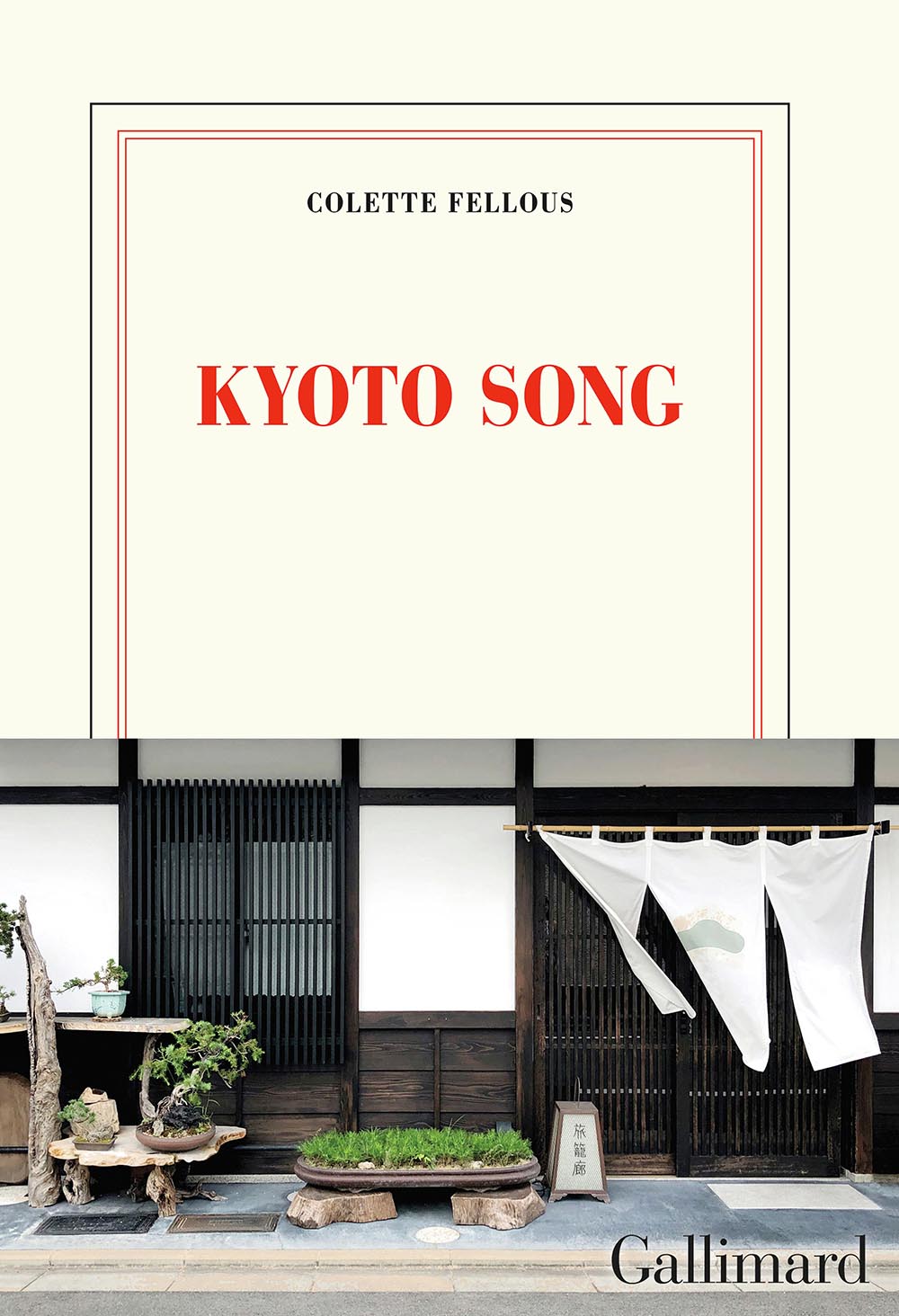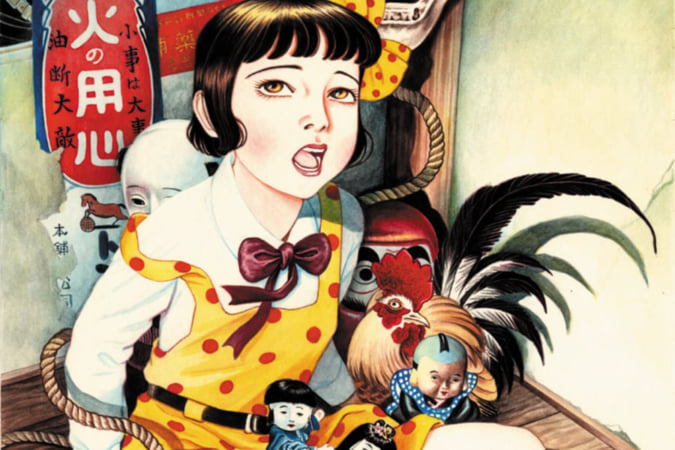A Memory-Based Trip to Kyoto
In 'Kyoto Song', Colette Fellous shares memories brought to life by an encounter, a sound, a scent or a dream linked to Japan.

© Gallimard
In Kyoto Song, Colette Fellous, a writer and former journalist for France Culture, takes the reader on a voyage. This voyage has a defined area: Kyoto. She travelled around with her daughter Lisa, then aged ten, and for whom this trip marked her first time in Japan. Very soon, another territory takes shape, one with much looser borders: that of memories.
Throughout the book, this voyage to Japan takes on the spirit of a revealing bath. In some places, Colette Fellous conjures up Tunisia, her country of birth, and in others her everyday life in Paris, when the weight of the past does not slip away to build another world. ‘This new world takes the form of a voyage that includes all voyages: a desire, a burning, a supreme urge, a quest, a dance. It is a voyage that takes the bulk of things, times, sensations, and beings, their shape, their respiration’, the author explains in Kyoto Song.
Following in the footsteps of Roland Barthes
The novel is not a completely linear narrative; this stroll through Kyoto manifests itself as a succession of chapters like small streets taken at random, always with the certainty that serendipity will reserve a pleasant surprise. Each one has a word as a title, resulting from an encounter, a sound, a scent, or a dream.
Kyoto Song gives a nod to Roland Barthes and his Empire of Signs, Colette Fellous having studied with him. There is also a hint of Ozu’s cinema, in its delicate nature and its way of leaving time suspended. Indeed, the semiologist and filmmaker are mentioned several times by the author throughout the novel.
To conclude her voyage, Colette Fellous offers the reader a Prévert-style list of books and films to enjoy in preparation for a trip to Japan, or simply to look back on memories of Japan.
Kyoto Song (2020), a book by Colette Fellous, is published by Gallimard (not currently available in English).

© F. Mantovani / Gallimard
TRENDING
-
The Tattoos that Marked the Criminals of the Edo Period
Traditional tattoos were strong signifiers; murderers had head tattoos, while theft might result in an arm tattoo.

-
The Story of Sada Yacco, the Geisha who Bewitched Europe
Described by Dazed magazine as the first beauty influencer, she has been restored to her former glory since 2019.

-
Chiharu Shiota, Red Threads of the Soul
Last year, more than 660,000 people visited the retrospective 'Chiharu Shiota: The Soul Trembles' exhibit at the Mori Art Museum.

-
Japanese Left-field Pop From The CD Age, 1989-1996
‘Heisei No Oto’, a compilation of hidden gems in the unspoken depths of Japanese pop, reveal blissful moment of technological possibility.

-
‘Shojo Tsubaki’, A Freakshow
Underground manga artist Suehiro Maruo’s infamous masterpiece canonised a historical fascination towards the erotic-grotesque genre.





